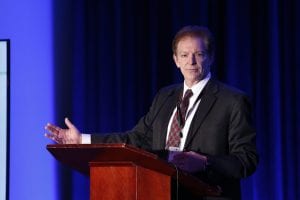 Come meet the Risk Institute team and mingle with 20,000 or so of your closest friends during the “Fan Fest” held before the Ohio State-Cincinnati game, September 7, 2019.
Come meet the Risk Institute team and mingle with 20,000 or so of your closest friends during the “Fan Fest” held before the Ohio State-Cincinnati game, September 7, 2019.
We’ll be in a tent between St. John Arena and Ohio Stadium the morning before the game, 9 a.m – noon, where we will be highlighting research into safe driving.
Joining us will be Brittany Shoots-Reinhard, senior research associate in the Cognition and Affect in Decision Making (CAIDe) Lab for the Department of Psychology. She is also a member of the Distracted Driving Task Force, a collaborative initiative begun in 2017 spearheaded by the Ohio Department of Transportation and the Ohio Department of Public Safety. The task force leans on expertise from a variety of resources, including law enforcement, insurance companies and educators. Its purpose is to give recommendations on how to curb distracted driving.
Earlier this year, as part of this state-wide initiative, the Risk Institute hosted Gov. Mike DeWine, WBNS anchor Dom Tiberi, university researchers and insurance experts to discuss the latest research and technology aimed at curbing distracted driving. “Our phrasing is putting the brakes on distracted driving,” said Phil Renaud, executive director of the Risk Institute.
Renaud said the effort to reduce distracted driving must include solutions that go beyond new laws. He said behavior, technology and urban planning and design are needed to reduce accidents and save lives.
Fans are also encouraged to take a look at a immersive driving game created by Driving Essentials XE, which is part of a complete training curriculum that teaches teen drivers to learn and refine critical skills essential to safe driving.



















































































